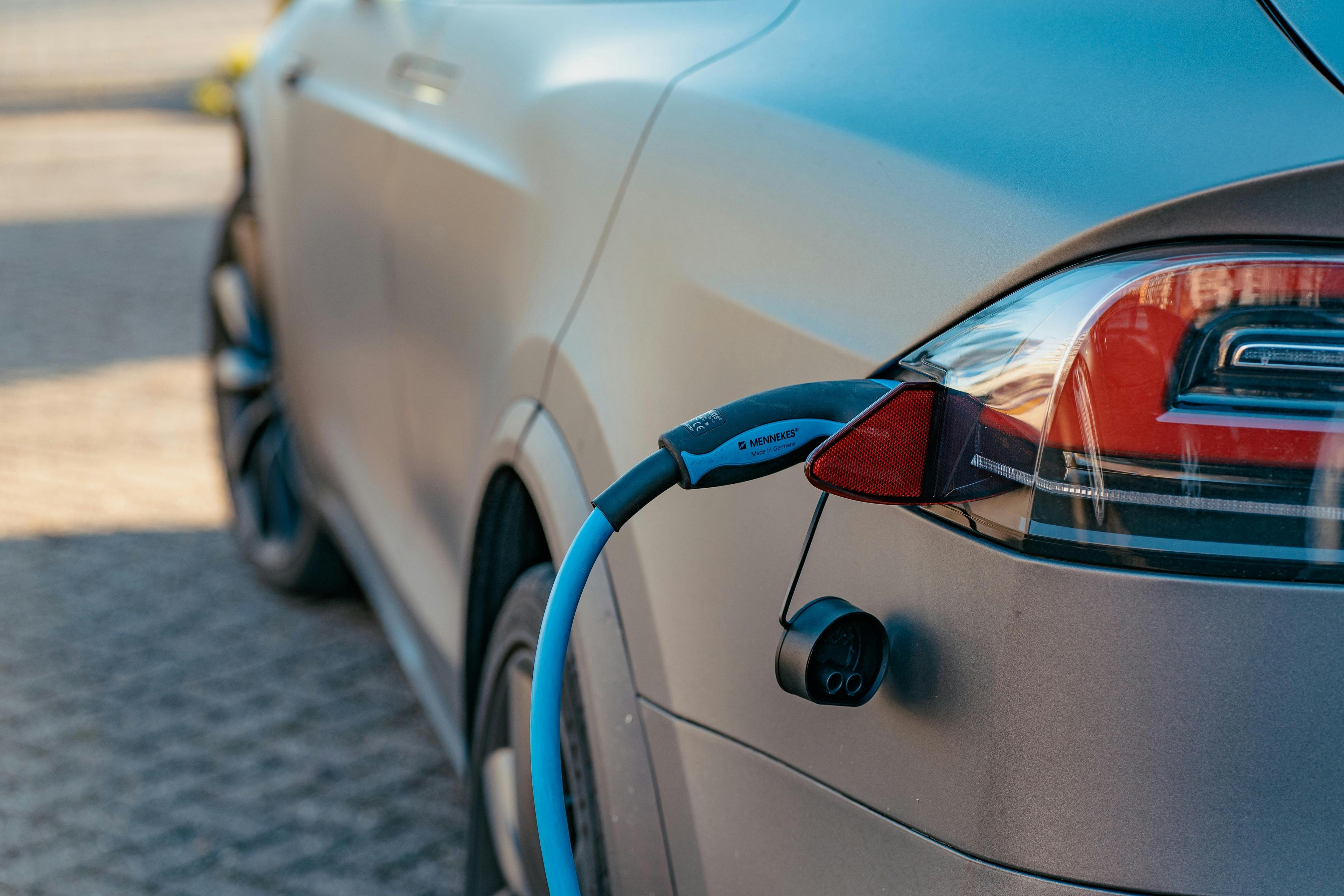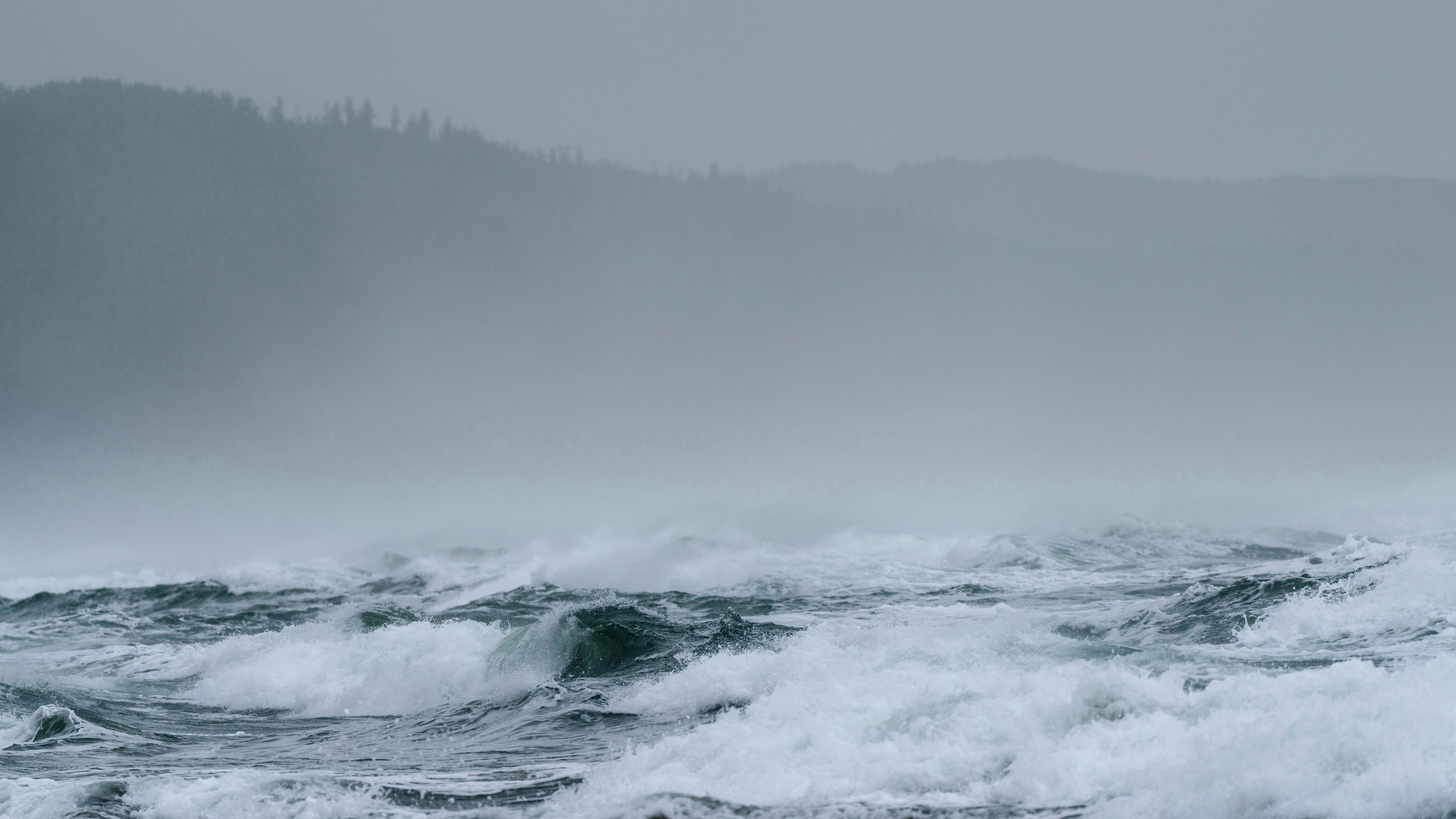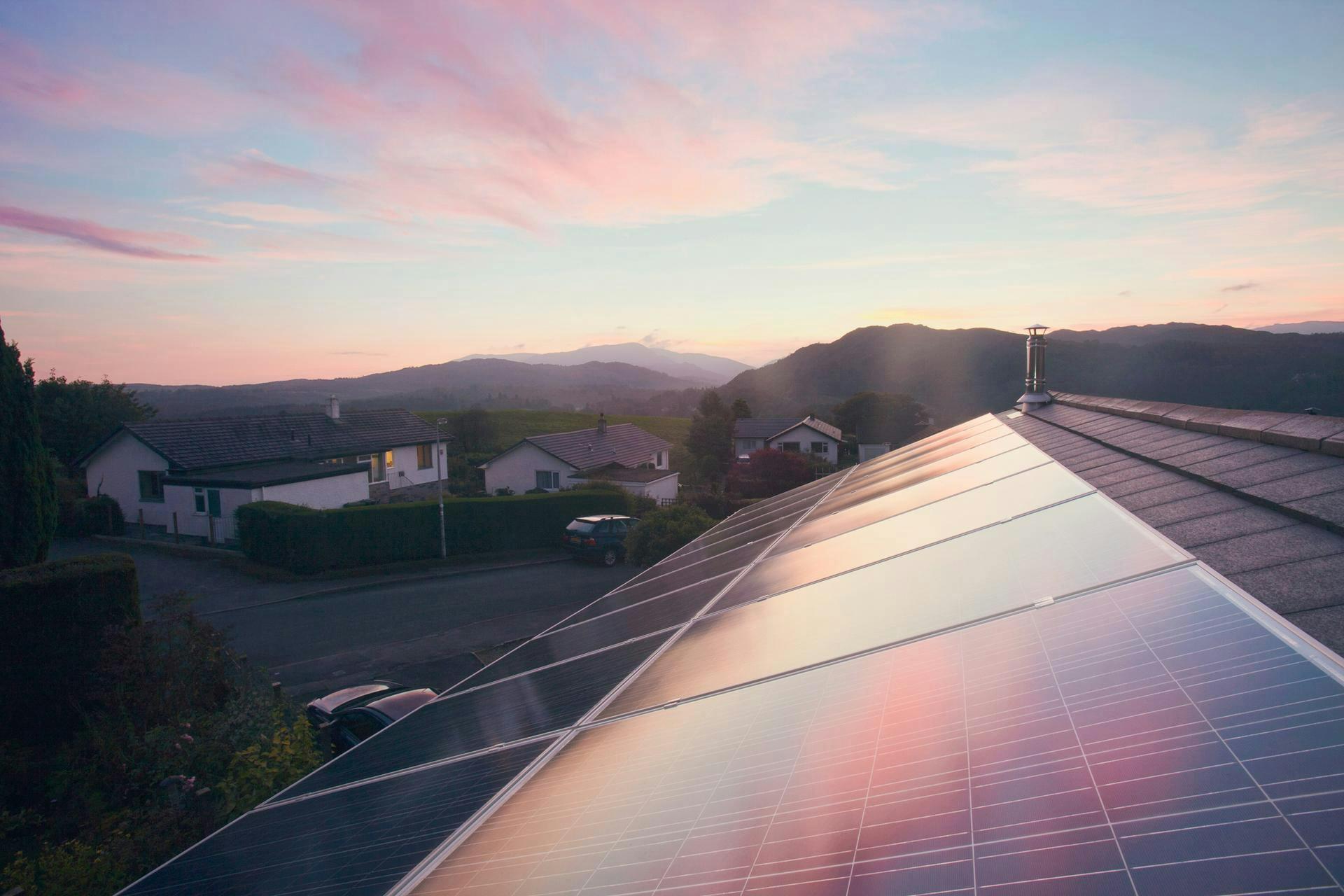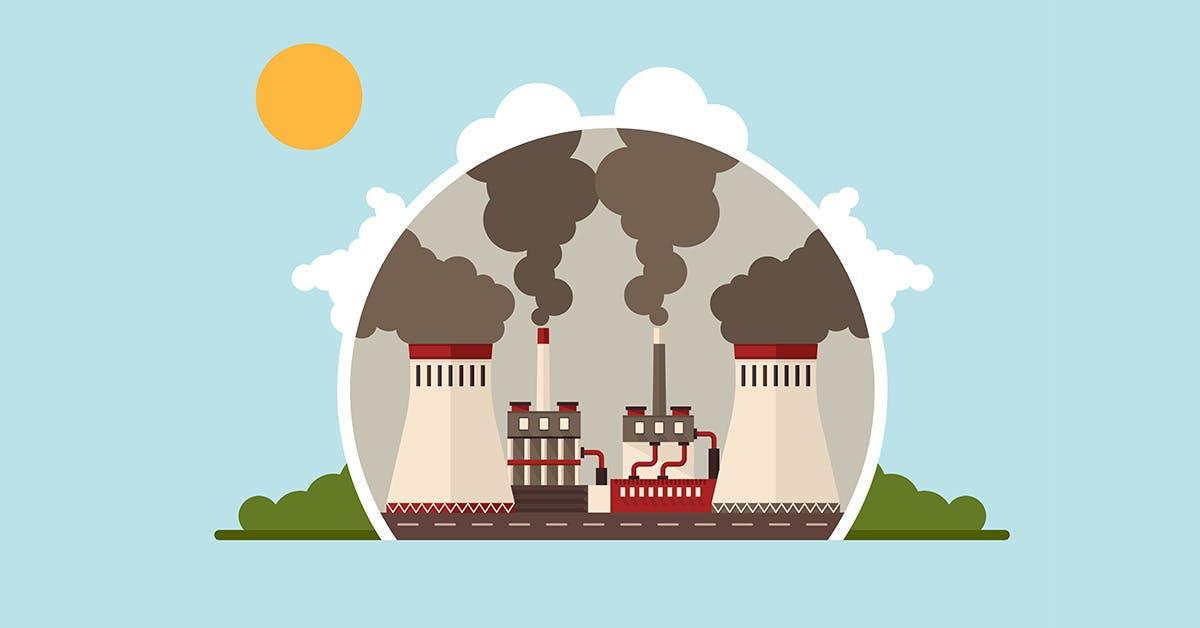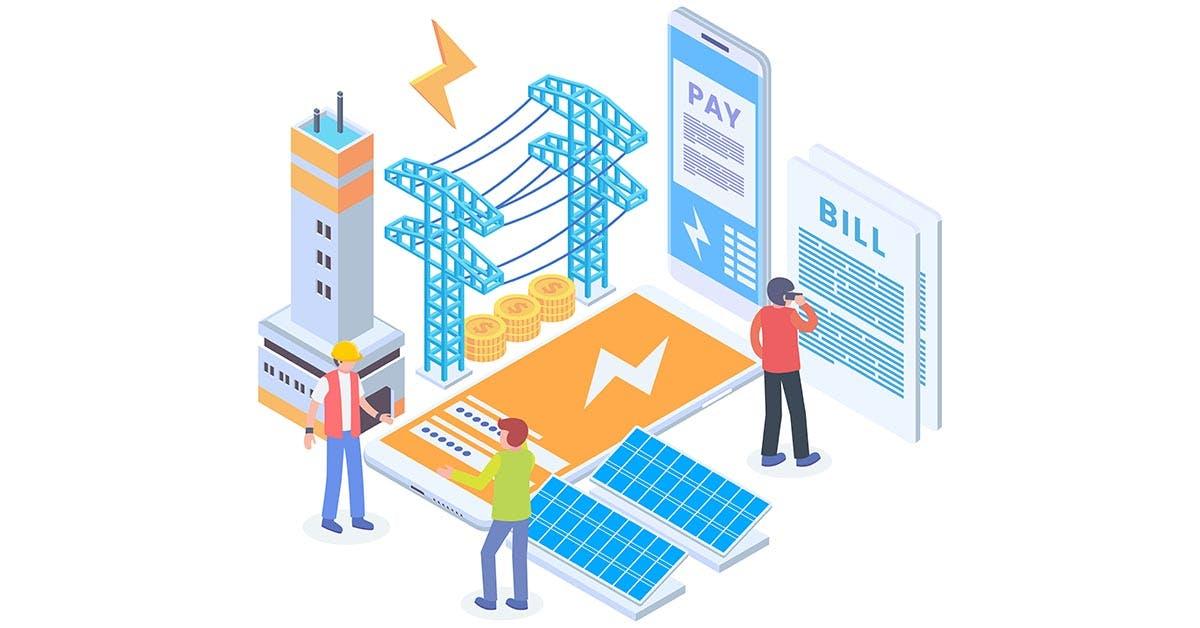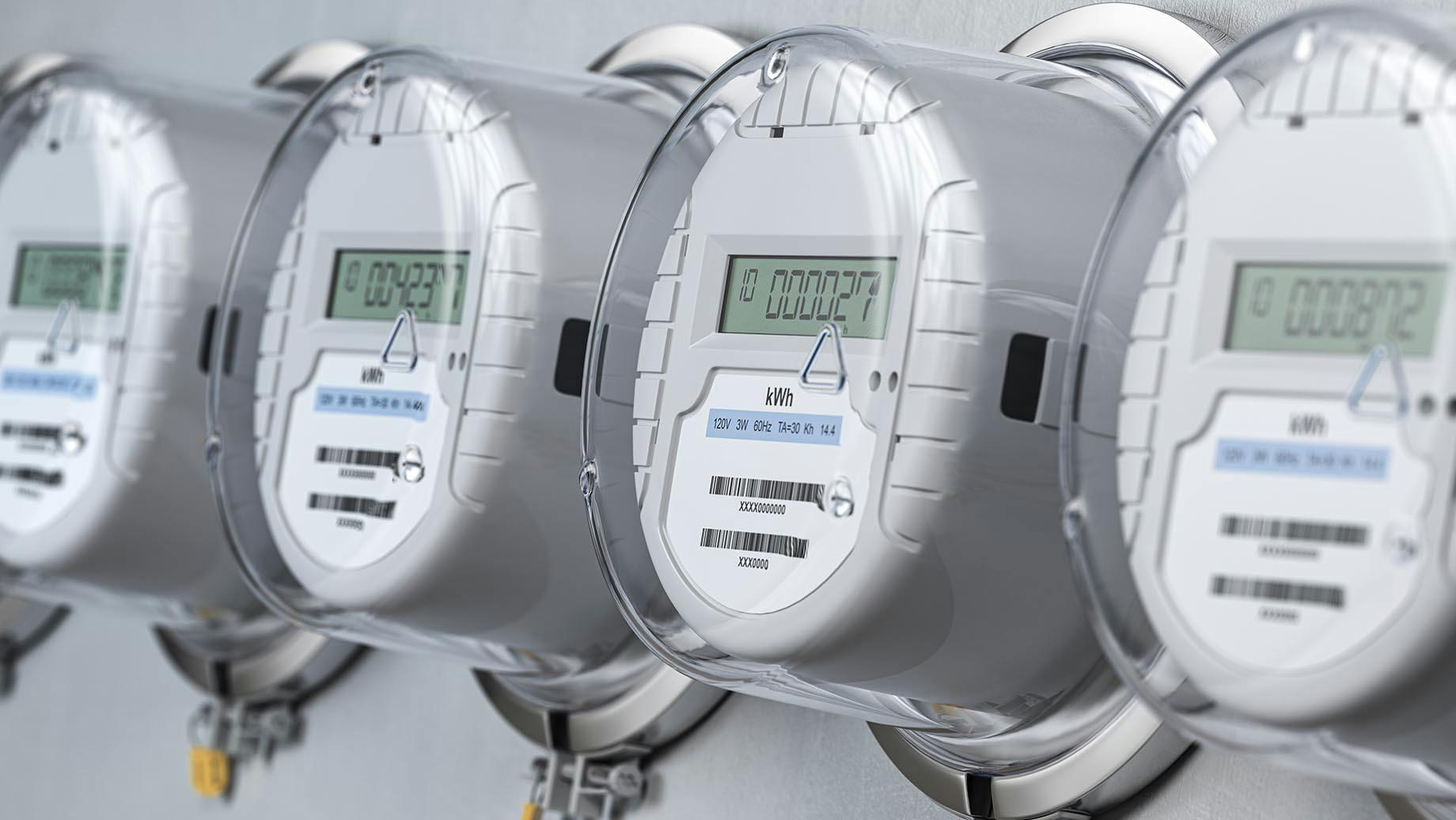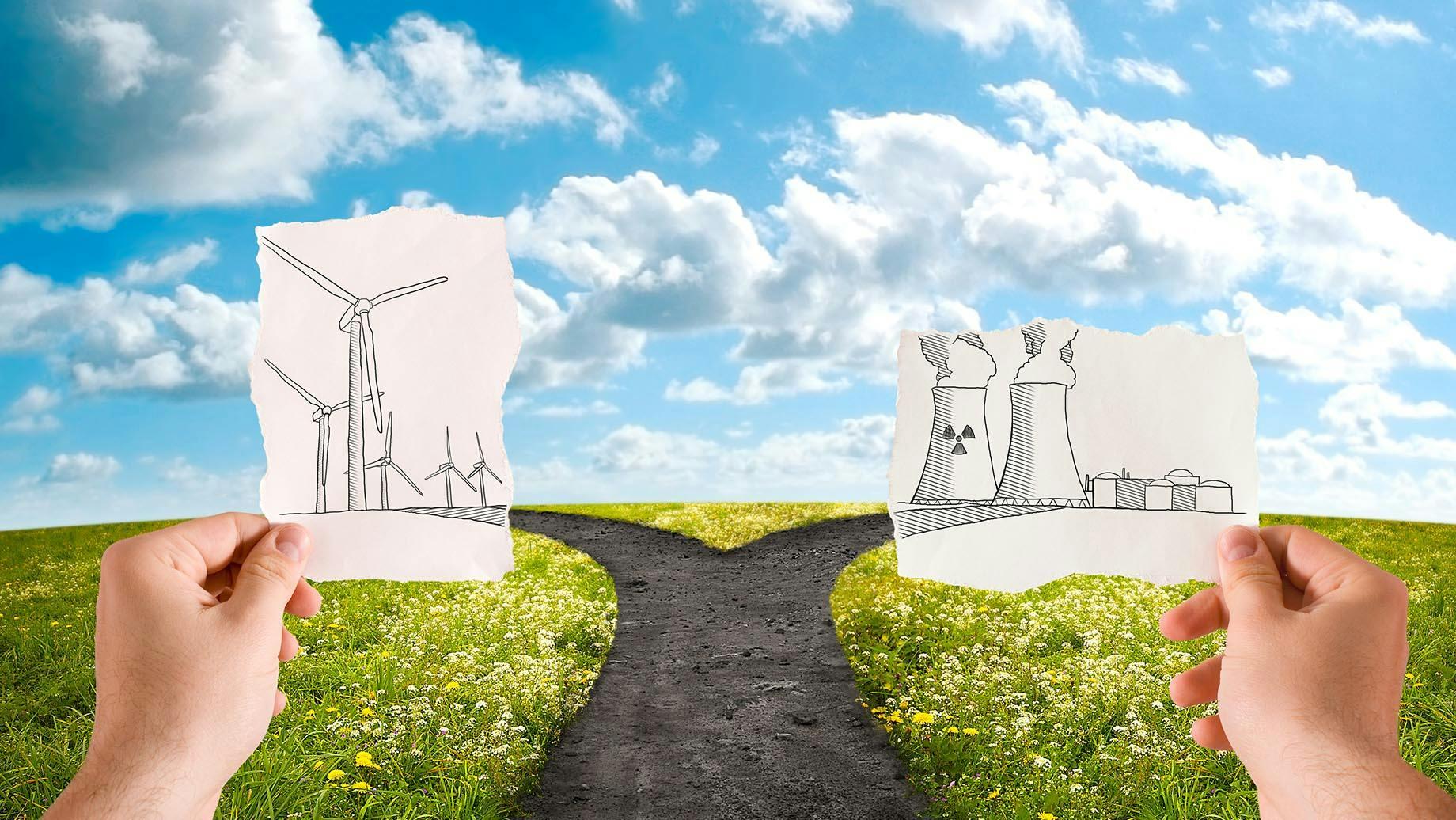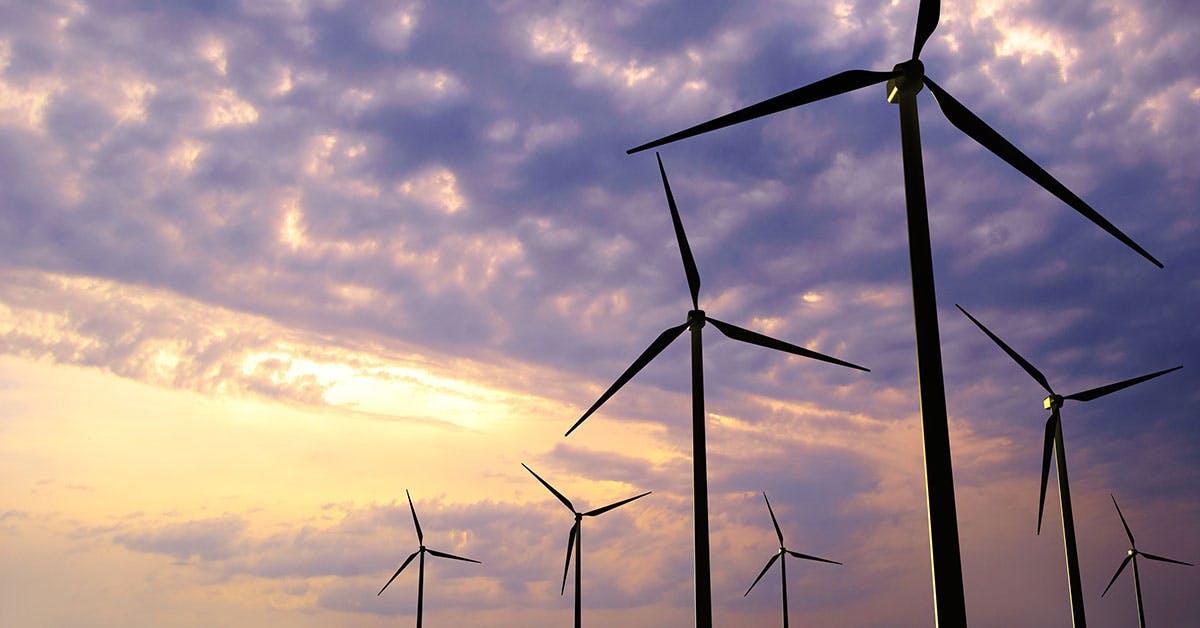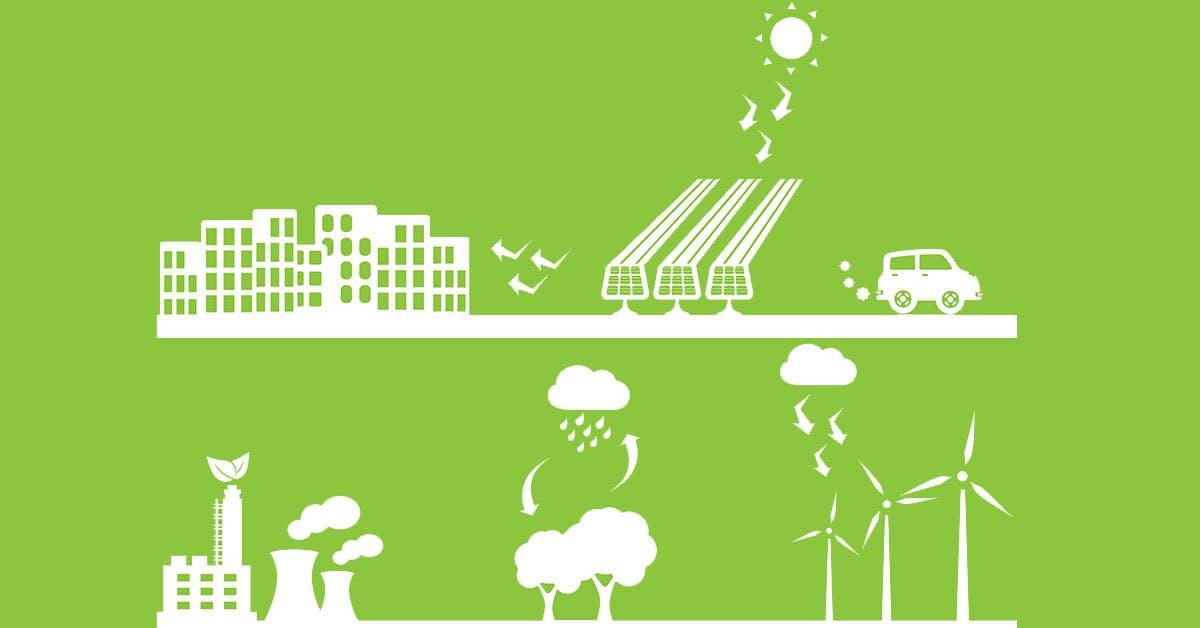
Is Hydroelectric Energy Renewable?
Inspire Clean Energy
8 min read
category: Clean Energy 101
Don't worry about climate change— do something about it.
Our clean energy plans are the easiest way to reduce your home's carbon footprint.
Switch to clean energyIs hydroelectric energy renewable?
Hydroelectric energy is classified as a renewable energy source. The main reason for its classification as renewable is that the supply of water is not significantly reduced or eliminated in converting the water's kinetic energy into electricity1.
The most commonly utilized form of hydroelectric energy generation is the hydroelectric dam. In its process, water passes through the dam to activate turbines, which connect to a power generator to convert the flowing water into electricity. There are three main types of hydropower facilities (impoundment, diversio, and pumped storage), all of which are considered renewable energy sources.
How do hydroelectric power plants create renewable energy?
In the United States alone, there are around 2,300 hydroelectric power facilities generating electricity. As mentioned before, there are three main types of hydropower facilities; though each one uses water to convert kinetic energy into electricity, they each operate differently2.
Here is a breakdown of those hydropower facilities and how they operate3:
- Impoundment: A hydroelectric impoundment plant is most likely the type of hydroelectric facility one first thinks of how a hydropower dam works. The dam's massive size is specifically designed to hold back the kinetic energy of an entire river, and it usually spans from one bank to the other. Holding back the river creates a large reservoir where the water is restricted from freely flowing along its intended path. There, the water is stored as potential energy, and the river's flow through the dam is controlled by engineers working inside the facility. The engineers control how much water flows through the dam based on how much kinetic energy it takes to activate the turbines, how much electricity production is needed to meet energy demands, and other environmental considerations. For example, there are times when water will simply need to be released from the reservoir to control water levels in the reservoir and prevent flooding. Also, sporadically, water will be released to allow for the migration of aquatic wildlife. Specifically, this could be done at certain times of the year to help promote the migration of certain fish species to their spawning grounds.
- Diversion: A hydroelectric diversion facility typically does not use a large dam to restrain a river. Instead, the river is diverted into a channel where controlled water will flow into the hydroelectric diversion facility. The same basic principle of hydroelectric energy production is used, where the kinetic energy of the water activates turbines that use generators for electric conversion. Most often, hydroelectric diversion facilities are strategically built where a portion of the river changes elevation naturally. This helps to ensure that the diverted flow of the river maintains its forward momentum and kinetic energy. Overall, these facilities can be less intrusive to aquatic wildlife and the geography of the area.
- Pumped Storage: A pumped storage facility is a hydropower plant that uses two water sources, one upper reservoir and one lower reservoir. Water from the lower reservoir is pumped up to the upper reservoir. When energy demand permits, the water stored in the upper reservoir can be released to flow to the lower reservoir. When the water is released, the water's flow can be harnessed to activate the turbines. This reciprocal process is where water flow and electric generation can potentially be infinite, as long as precipitation patterns are not dramatically altered. Pumped storage facilities can also be used as an electric storage facility, where electricity can be stored from other power plants such as nuclear plants or solar and wind farms.
Hydroelectric energy facilities are connected to transmission lines that transfer the generated electricity to the larger power grid.
What are the advantages of hydroelectric energy compared to other energy sources?
There are many reasons why hydroelectric power is one of the most widely used renewable energy sources worldwide. Hydroelectric power plants can be found on almost every inhabited continent. Their popularity is not going anywhere as the world begins to fully recognize the true advantages of hydroelectric energy.
Here are a few of those advantages4:
- Hydropower is clean and renewable: Hydropower uses water to generate electricity rather than burning fossil fuels. Hydroelectric power plants do not cause air pollution like burning coal or natural gas and instead relies on the earth's water cycle, which replenishes itself naturally through precipitation.
- Hydropower is adaptable: It does not require extreme effort to run a hydroelectric power plant at total capacity. Also, it takes little time to get a hydroelectric plant to provide electricity to the power grid. That is why often hydroelectric plants are used in emergencies when other energy sources are disrupted.
- Hydroelectric power is created locally: Hydropower allows countries and regions to have their domestic resource for electricity that does not require the import of resources like coal, oil or natural gas from the other areas of the world. Hydroelectric power can be a pathway to energy independence for many countries.
- Hydropower can be inexpensive: Compared to other sources of energy, hydropower is cheaper when produced over time. The upfront cost of building large hydroelectric dams is rather expensive initially. Over time, those costs will be offset when the dam is in operation.
What are some disadvantages of hydroelectric energy?
Although we just highlighted the many benefits of hydroelectric energy that make it so popular worldwide, it would only be fair that we acknowledge the disadvantages as well.
Here are some of the main disadvantages that can sometimes discourage hydroelectric energy development5:
- Initial investments can be high: Building a new hydropower facility is not cheap. The amount of construction material and labor that it takes to contain a river successfully to generate electricity is enormous.
- Interruption of habitats: Hydropower plants can be intrusive and affect all types of wildlife populations, their habitats and even cause accidental flooding and other destructive events. It is not just wildlife that can feel the impact of a new hydro project. Local populations and agriculture can see their land altered dramatically. Often, this can cause displacement of local people and wildlife.
- Dependent on annual precipitation: Regions that experience prolonged drought-like conditions may also experience a drop in the production levels of their hydropower resources.
What are the environmental impacts of using hydroelectric energy?
One of the main environmental impacts of using hydroelectric energy is its impact on the local plant and wildlife. Building a dam containing a reservoir could potentially prevent fish migration and change water temperatures and other conditions that local aquatic life has adapted to. Changes in temperature, water clarity, or even chemistry can cause harm to the native plant and animals in the area6.
Where is hydroelectric energy produced?
The largest hydroelectric energy producers in the U.S. are Washington, Oregon, California and New York. For a more global picture, the largest producers of hydroelectric power in the world are China, Canada, Brazil, the U.S. and Russia. Of those nations, China is by far the largest producer of hydroelectric energy7.
Why isn't hydroelectric energy used more often?
The only reasons hydroelectric energy is not used more often are detailed in the main disadvantages section discussed previously. The initial investment that hydropower facilities can sometimes require can be off-putting to governments and private investors. Although a hydroelectric power plant may pay for itself over time, it may take a while for governments to see a return on their investment. The other main disadvantage is a hydropower plant's potential impact on local environments and populations.
Is hydroelectric energy a reliable source of renewable energy?
Overall, hydroelectric energy is highly reliable since it relies mainly on the sun and precipitation patterns within a particular region. When the sun heats surface water on bodies of water, an amount of water evaporates. That water vapor then becomes clouds, which produce precipitation. Precipitation collects in those same bodies of water, effectively repeating the cycle. The only threat to this process may be region ones where long-term droughts and changes in precipitation patterns can reduce the amount of water available in the water-cycle system8.
If you’re looking for a quick and easy way to make an impact, sign up for a 100% clean energy supply plan for your home.
Not sure if renewable energy is right for you? Read some of Inspire Clean Energy’s reviews to see how we've helped customers make the switch.
- energy.gov/eere/water/how-hydropower-works↩
- nationalgeographic.org/encyclopedia/hydroelectric-energy↩
- energy.gov/eere/water/types-hydropower-plants↩
- energy.gov/eere/water/benefits-hydropower↩
- usgs.gov/special-topic/water-science-school/science/hydroelectric-power-water-use?qt-science_center_objects↩
- eia.gov/energyexplained/hydropower/hydropower-and-the-environment.php↩
- eia.gov/energyexplained/hydropower/where-hydropower-is-generated.php↩
- eia.gov/energyexplained/hydropower↩
Don't worry about climate change— do something about it.
Our clean energy plans are the easiest way to reduce your home's carbon footprint.
Switch to clean energy
Inspire Clean Energy
We're on a mission to transform the way people access clean energy and accelerate a net-zero carbon future.
Learn more about Inspire →Explore more
Recent Posts
Top Articles



